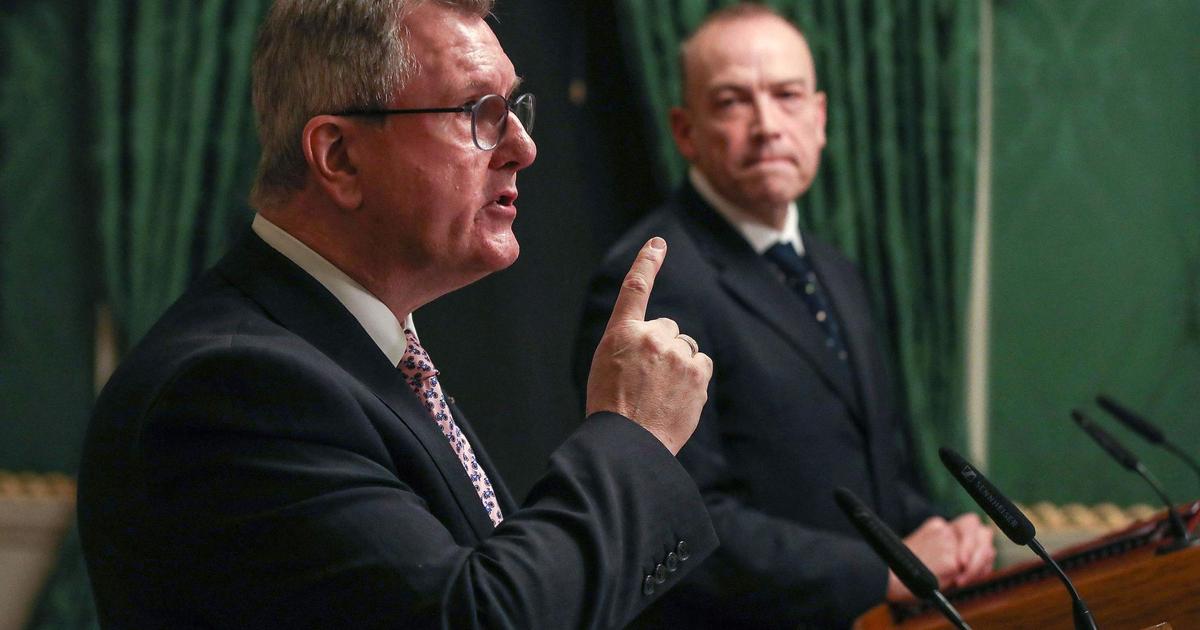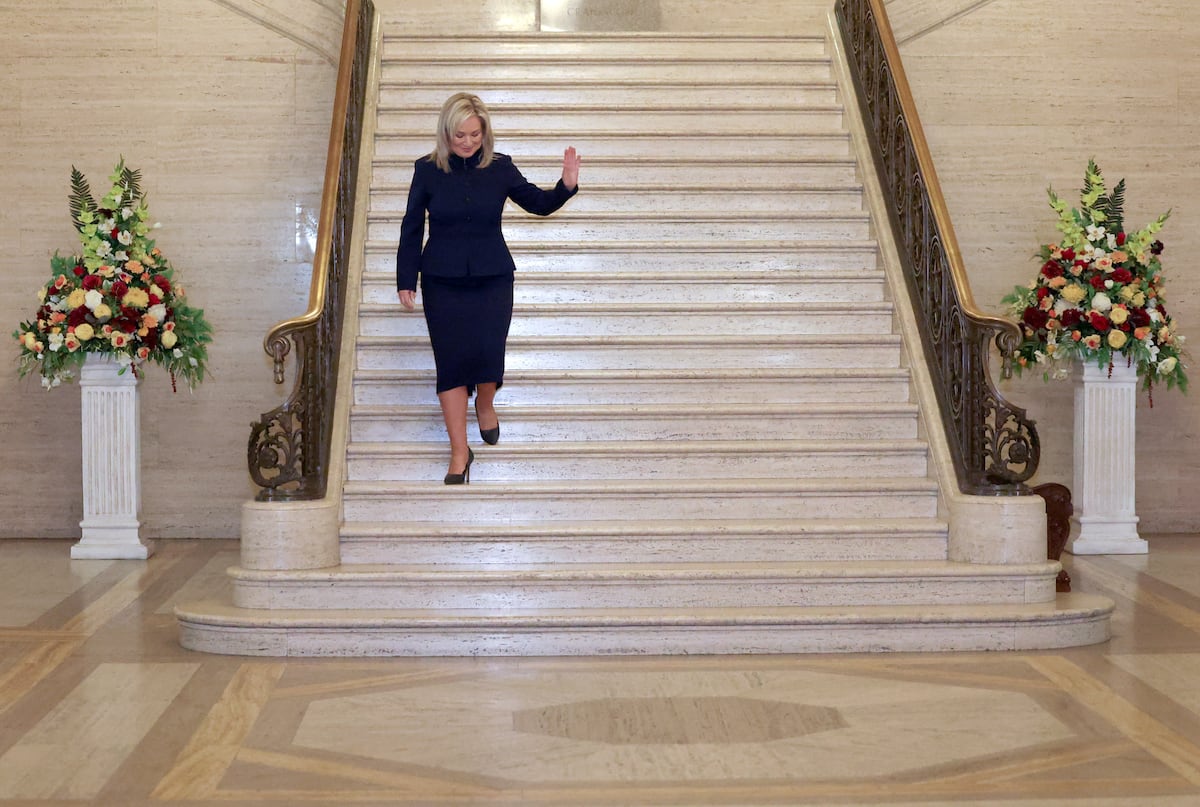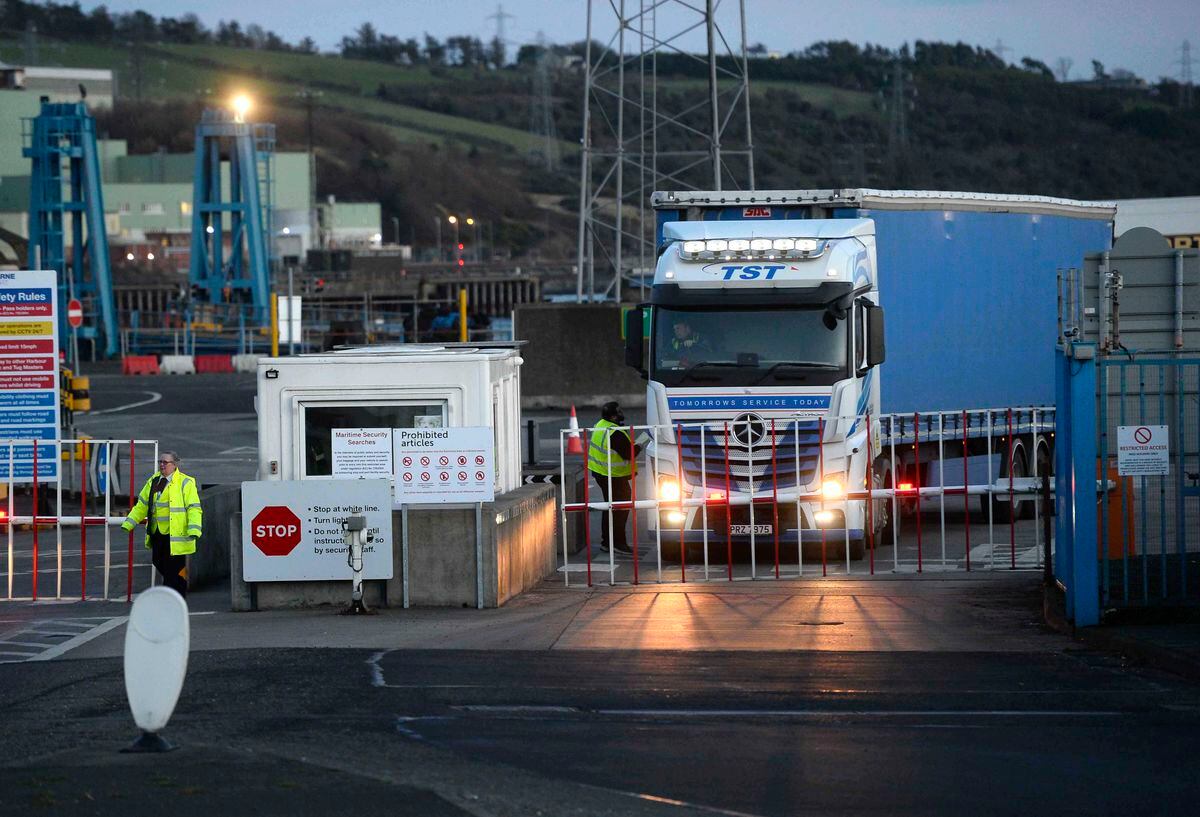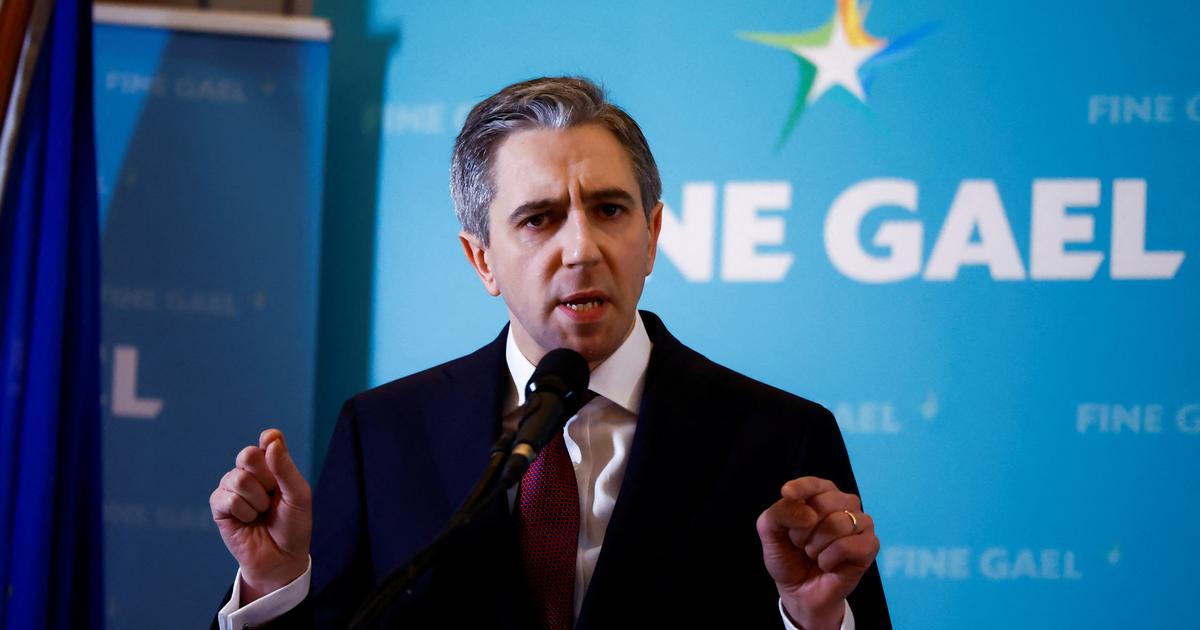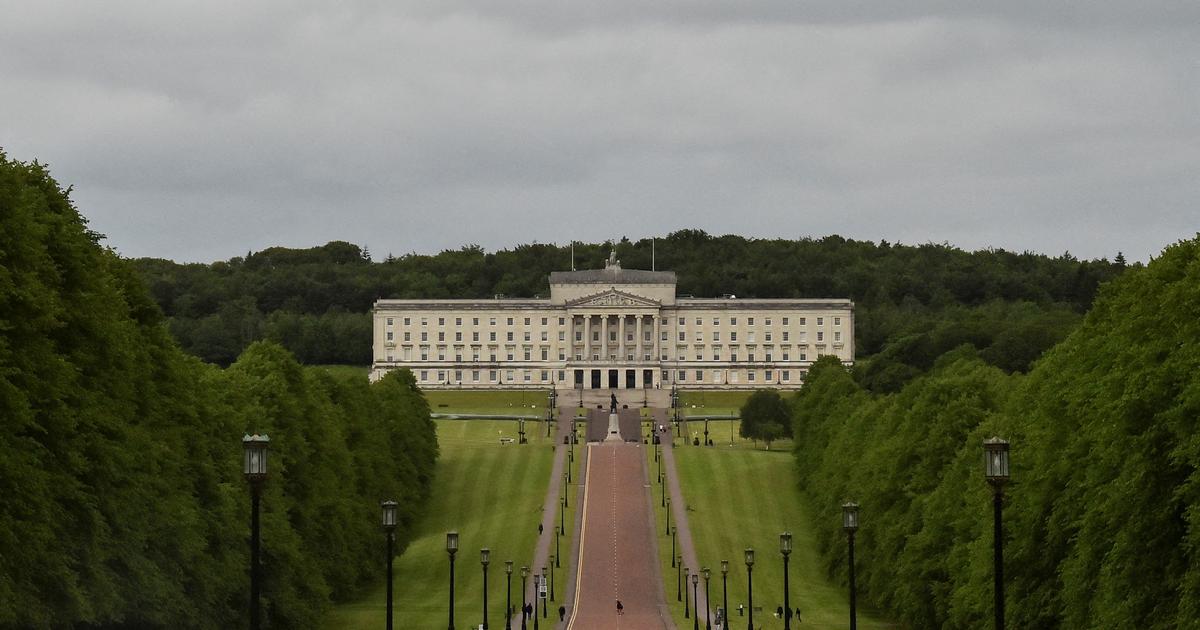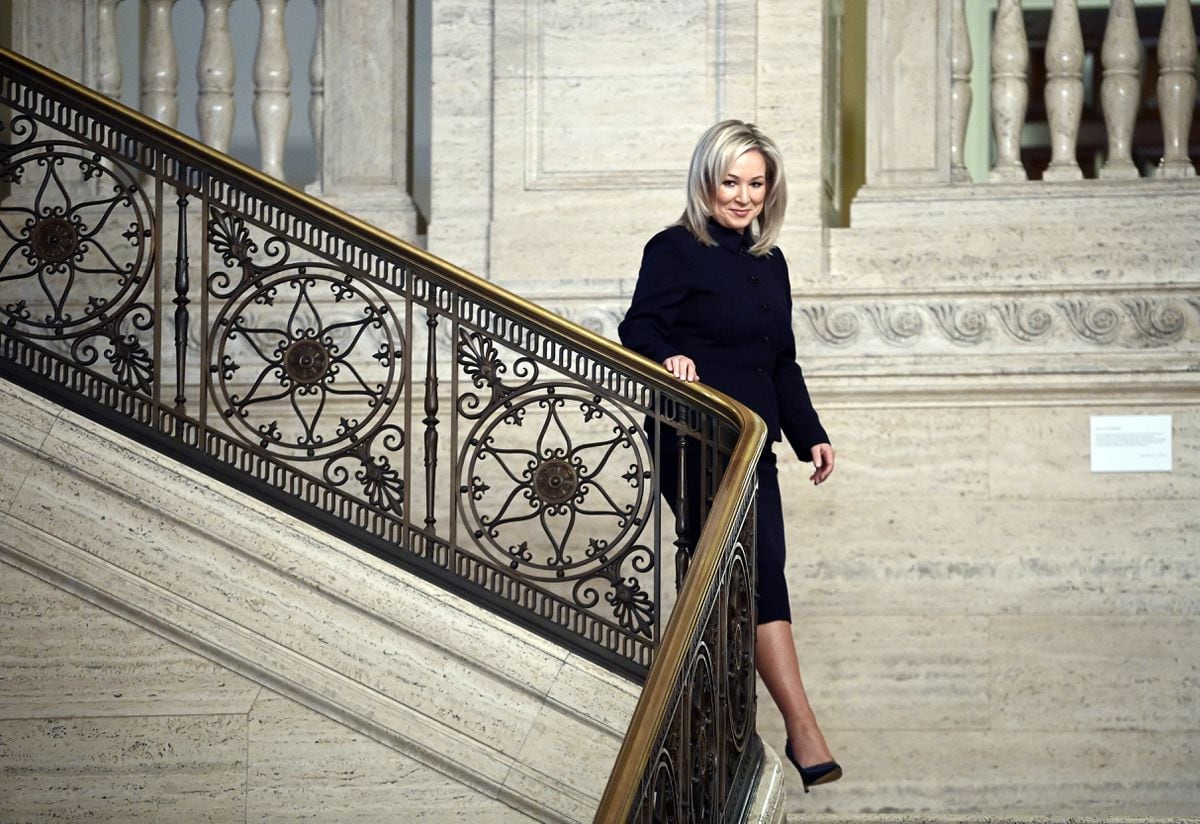It was also Good Friday 25 years ago, when on the afternoon of 10 April 1998 the peace agreement was signed which was called to close a tragic chapter in the events of one of the bloodiest conflicts in the history of the 20th century in Europe.
The Northern Irish one of the Troubles, the end of which was written - on paper - in Stormont castle, in Belfast: since then destined to house the seat of the legislative assembly formed by the representatives of the two communities no longer in open warfare with each other, Catholic republicans and Protestant Unionists.
The Good Friday Agreement came after 30 years of violence, massacres, attacks, repressions and an official death toll of 3,500.
At the end of a marathon of negotiations that lasted over seven months involving the leaders of the time in London, Dublin and Washington, as well as local ones.
The weapons were thus silenced in Ulster and the foundations were laid for a quarter of a century basically of peace: despite the persistent uncertainty of political instability which in these times even the post-Brexit period has helped to rekindle;
despite divisions and fibrillations still symbolically recalled by the surviving walls between the Catholic and Protestant neighborhoods of Belfast;
and despite the residual threats of hard-cores such as the militants of the so-called New IRA.
"We are still in an atmosphere of cold peace,
Kennedy), expected on both sides of the Green Island border between the 11th and 14th.
The agreement was signed by the then British prime minister Tony Blair, his Irish counterpart Bertie Ahern and representatives of the major local political parties such as the Ulster Unionist Party or the republican Sinn Fein, former political arm of the IRA guerrillas;
but not from the unionist right of the Dup.
However, the two real architects were the Catholic John Hume and the Protestant David Trimble, moderate voices who earned a rarely equally deserved Nobel Peace Prize by betting that they could "open a future for all the people of Ireland built on respect for diversity".
While the US acted as guarantor through the emissary chosen by Bill Clinton (arriving now after April 17 with Blair and Ahern, as well as with Hillary): Senator George Mitchell.
The agreement, eventually subjected to two referendums throughout the island in which yes largely prevailed, envisaged 4 fundamental points: the elimination of checkpoints and customs controls on the border between Northern Ireland and the Republic of Ireland;
the total disarmament of the paramilitaries (from the IRA to the loyalists);
a principle of self-determination with respect to belonging to the United Kingdom or to Ireland filtered by broad demographic boundaries (a de facto protection of the status quo);
and the creation of compulsory inter-community democratic institutions such as the Stormont assembly and a local government of national unity.
However, the months between its signing and its entry into force on 2 December 1999 were lived under the ever-present cloak of the threat of attacks.
And the bloodiest massacre, once peace was signed, occurred in Omagh in August 1998, at the hands of the original dissident gang of the Real IRA.
Today the climate is different, despite everything.
But not without shadows, between past waste and new tensions.
"Brexit has exacerbated the problems - exemplifies Brewer in this last regard - as the Dup is using the Northern Ireland Protocol to avoid having to govern under a Sinn Fein prime minister. After all, the executive for the power-sharing has been dormant for a long time in recent years".
Jeffrey Donaldson's unionists had asked for a revision of the post-divorce agreement reached by London with Brussels as a condition for returning to the ranks of a local government which this time should provide for a republican guide (after the unprecedented affirmation as a relative majority party of Sinn Fein in last year's election);
but then rejected the Windsor Framework solution agreed by Rishi Sunak and Ursula von der Leyen to meet their demands.
An unknown factor destined to be projected again on the future of a land where the Catholic community, after having outnumbered the Protestant one from a demographic point of view, feels it can seize the opportunity of the contradictions of Brexit to relaunch and expand even on inter-religious bases to the generation younger, more Europhile and secularized than Ulster the eternal debate on reunification with Dublin.
Indelible dream of a Northern Irish hemisphere, although certainly not on the agenda in concrete terms: at least in the immediate future.
An unknown factor destined to be projected again on the future of a land where the Catholic community, after having outnumbered the Protestant one from a demographic point of view, feels it can seize the opportunity of the contradictions of Brexit to relaunch and expand even on inter-religious bases to the generation younger, more Europhile and secularized than Ulster the eternal debate on reunification with Dublin.
Indelible dream of a Northern Irish hemisphere, although certainly not on the agenda in concrete terms: at least in the immediate future.
An unknown factor destined to be projected again on the future of a land where the Catholic community, after having outnumbered the Protestant one from a demographic point of view, feels it can seize the opportunity of the contradictions of Brexit to relaunch and expand even on inter-religious bases to the generation younger, more Europhile and secularized than Ulster the eternal debate on reunification with Dublin.
Indelible dream of a Northern Irish hemisphere, although certainly not on the agenda in concrete terms: at least in the immediate future.
he feels he can seize the opportunity of the contradictions of Brexit to relaunch and broaden the eternal debate on reunification with Dublin to the younger, Europhile and secularized generation of Ulster, also on inter-religious bases.
Indelible dream of a Northern Irish hemisphere, although certainly not on the agenda in concrete terms: at least in the immediate future.
he feels he can seize the opportunity of the contradictions of Brexit to relaunch and broaden the eternal debate on reunification with Dublin to the younger, Europhile and secularized generation of Ulster, also on inter-religious bases.
Indelible dream of a Northern Irish hemisphere, although certainly not on the agenda in concrete terms: at least in the immediate future.


